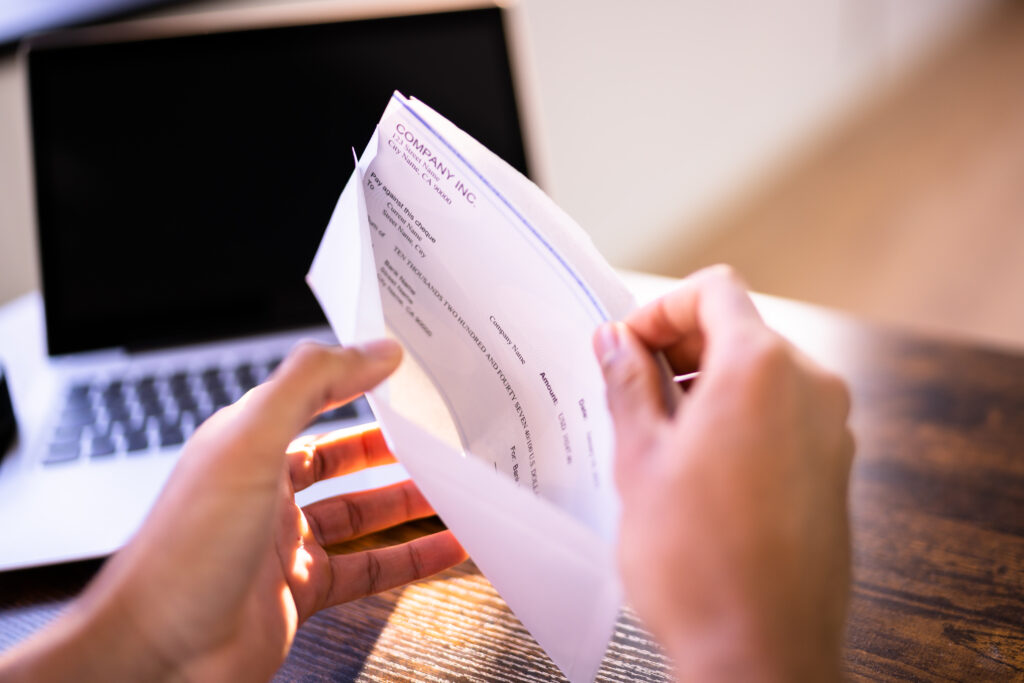Life can be unpredictable, and unexpected events can strike at any moment. More often than not, unexpected events turn out to be expensive. Having a financial safety net—an emergency fund—is critical to handling unplanned expenses without derailing your financial stability. While saving money might seem difficult, and building a $1,000 emergency fund might sound like it requires something illegal, you can do this. (In a totally legit and legal way!)
Here’s a step-by-step guide to help you create your own $1,000 emergency fund.
1. Establish a clear goal
The first step towards building an emergency fund is to set a specific savings goal. You’ll want to, of course, plan to save $1,000 as a starting point. Having a clear target helps you stay motivated and focused as you work toward your goal.
2. Assess your current financial situation
Before you start saving, take a look at your finances. Analyze your income, expenses, and debts. Identifying areas where you can reduce spending or allocate additional funds toward savings will be a great way to start building your emergency fund.
3. Create a budget
Creating a budget is a critical part of any successful savings plan. Track your monthly income and expenses to find areas where you might be able to cut back. Put a portion of your income toward your emergency fund as a non-negotiable expense. Consider using budgeting apps or spreadsheets to help you track your finances.
5. Reduce non-essential spending
Identify unnecessary expenses that you can eliminate or reduce, temporarily. Try to cut back on non-essential things like dining out, concerts, or impulse purchases. Instead, put that money into your emergency fund. The sacrifices are temporary, and the financial security of an emergency fund will provide ongoing peace of mind.
6. Earn extra money
Finding ways to increase your income can accelerate the growth of your emergency fund. Consider taking up a side hustle or freelancing gig, selling unused items, or seeking a raise or promotion at your current job. Every extra dollar earned can make a significant difference in reaching your savings goal.
A great place to find ways to earn extra money, as well as discounts to help you save is the Earn & Save section of the Brigit app.
7. Minimize your debt
Debt can be a major obstacle to building an emergency fund because it tends to cost you a lot each month. Prioritize paying off any high-interest debt you have, like credit cards or personal loans. By reducing your debt, you’ll free up additional money to put toward your emergency savings.
8. Embrace frugality
Adopting a saver mindset can have a big impact on your savings. Look for ways to save on everyday expenses—look for sales, clip coupons, and buy generic brands for less. Conserve energy at home to reduce utility bills. All of these small cost-cutting measures add up, and the more you save, the faster you’ll reach your emergency fund target.
10. Celebrate your progress
As you make progress toward your $1,000 goal, be sure to reward yourself along the way. This is a good way to stay motivated and reinforce your newfound positive financial habits. Just make sure you don’t splurge too extravagantly, as that could divert too much money away from your savings!










